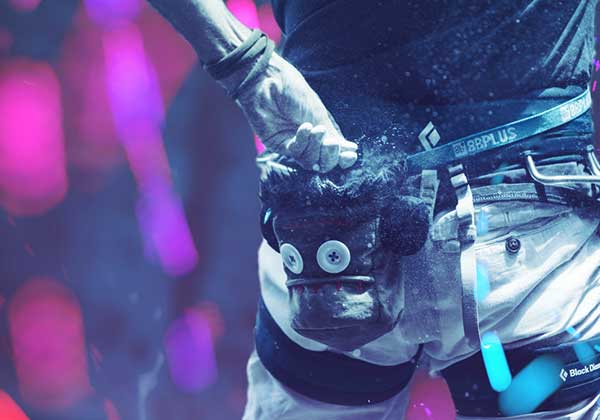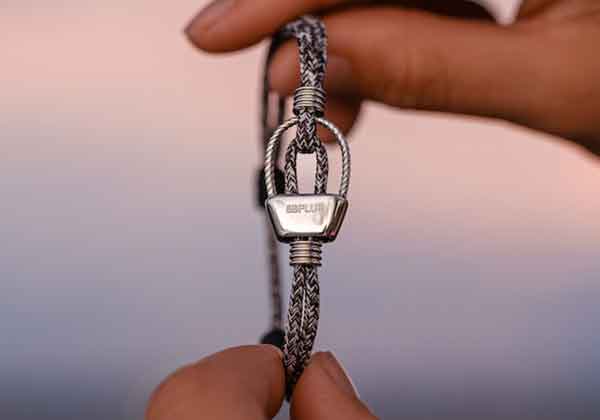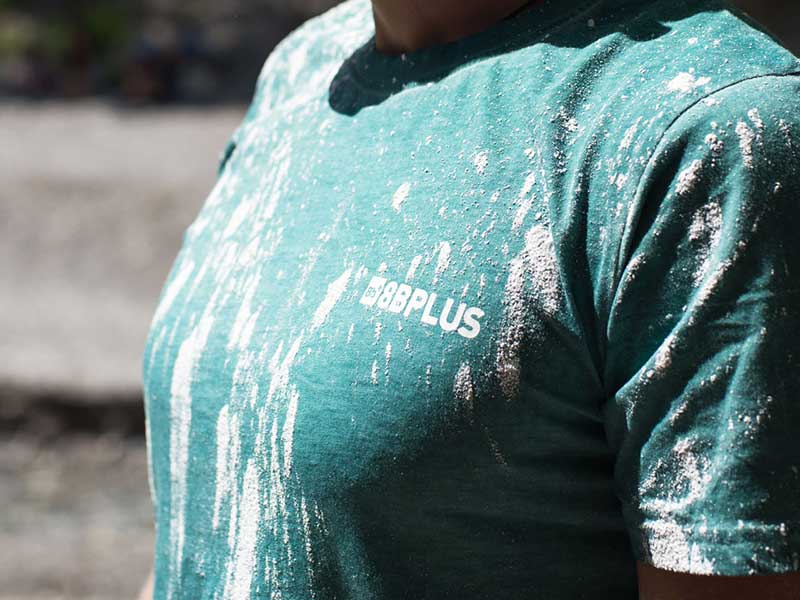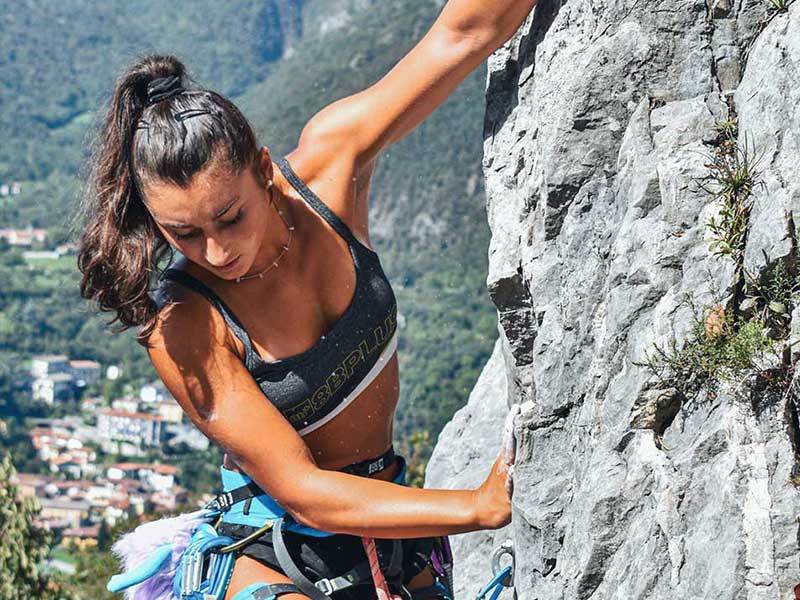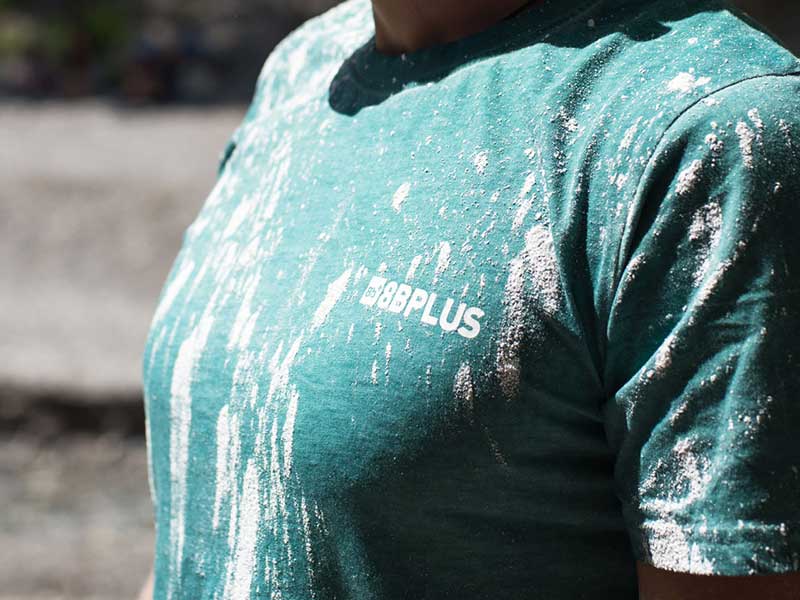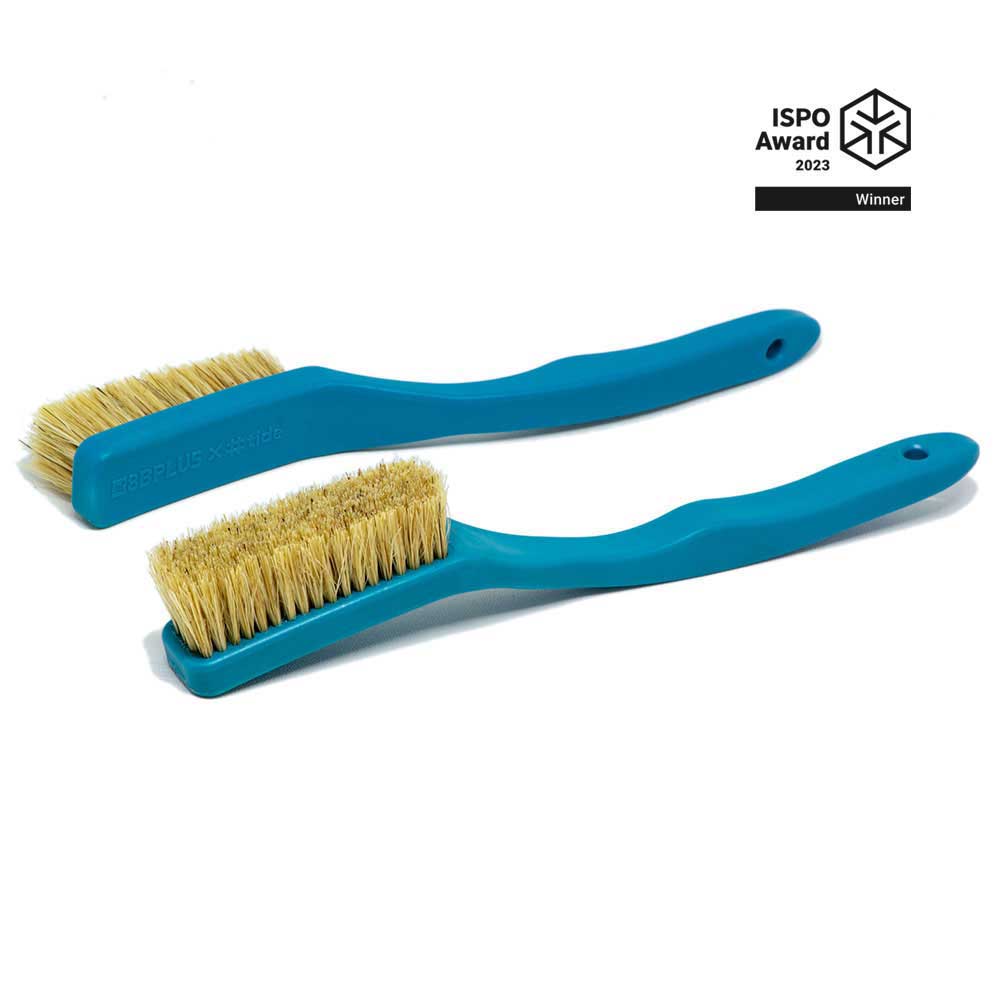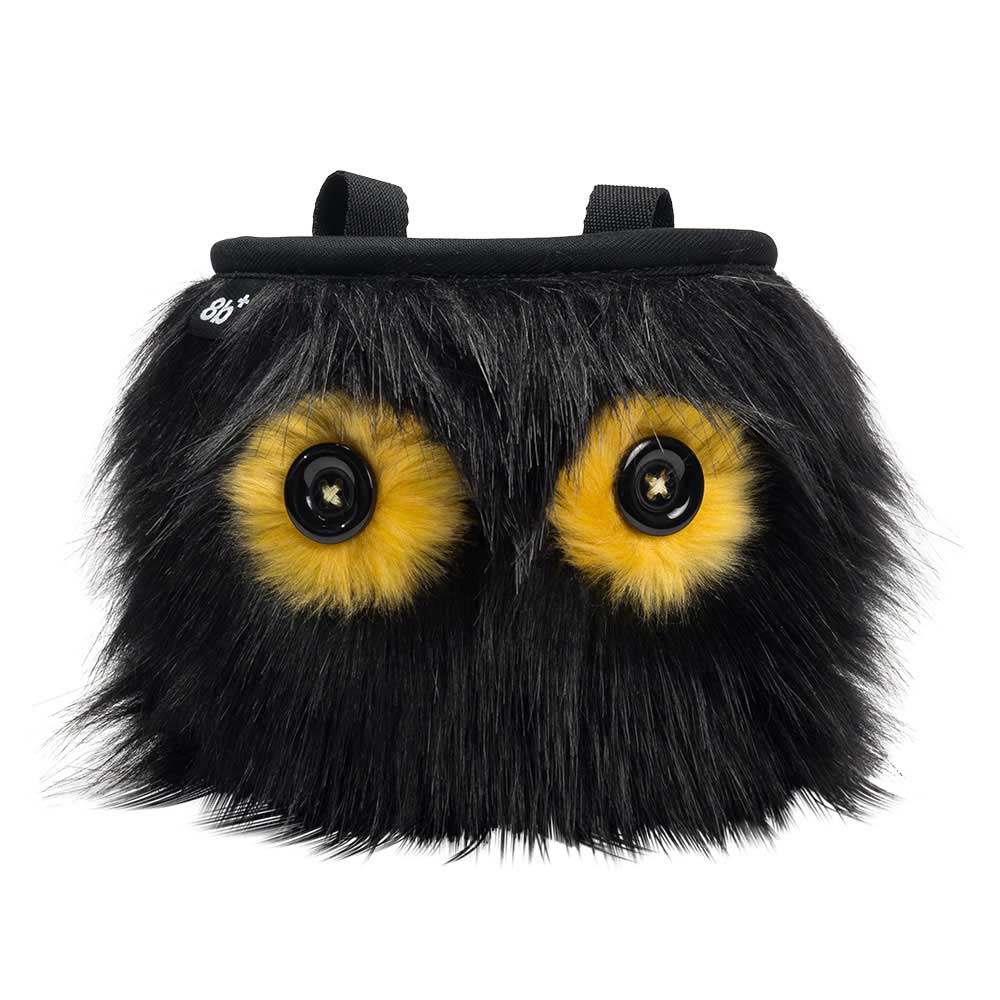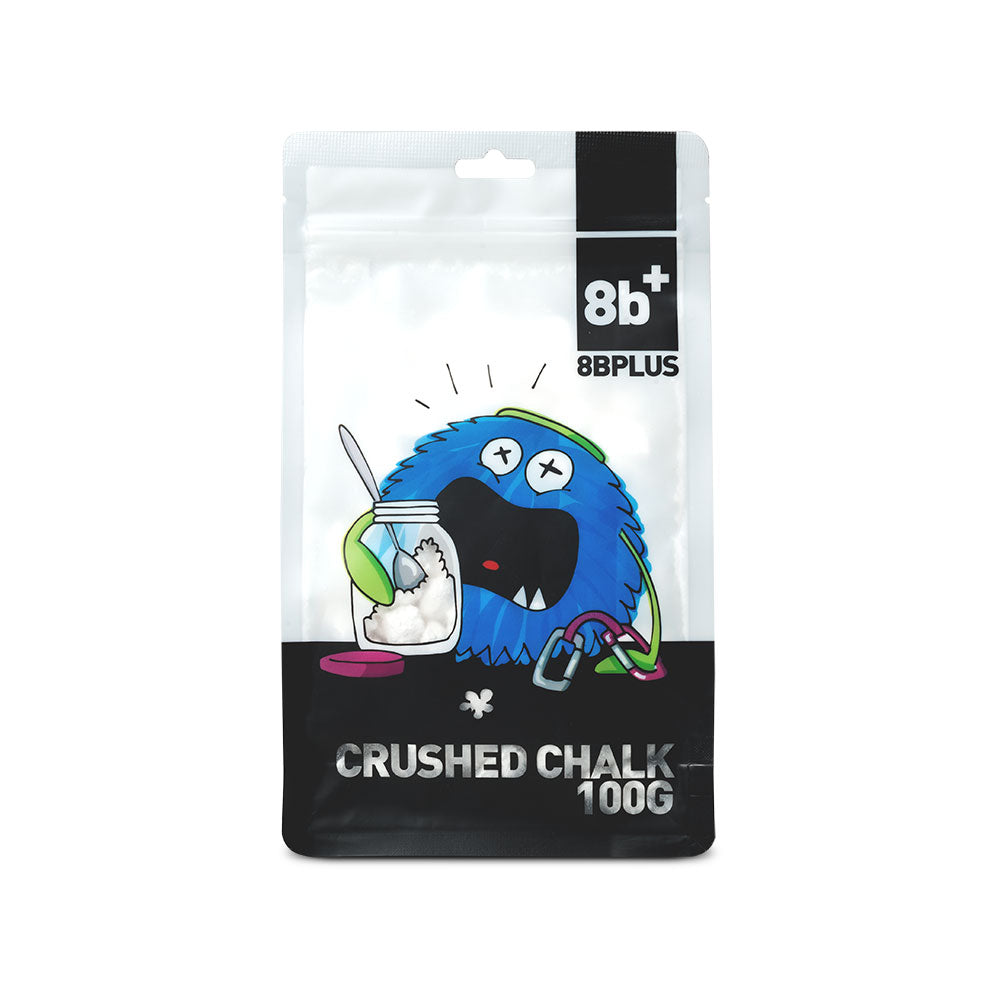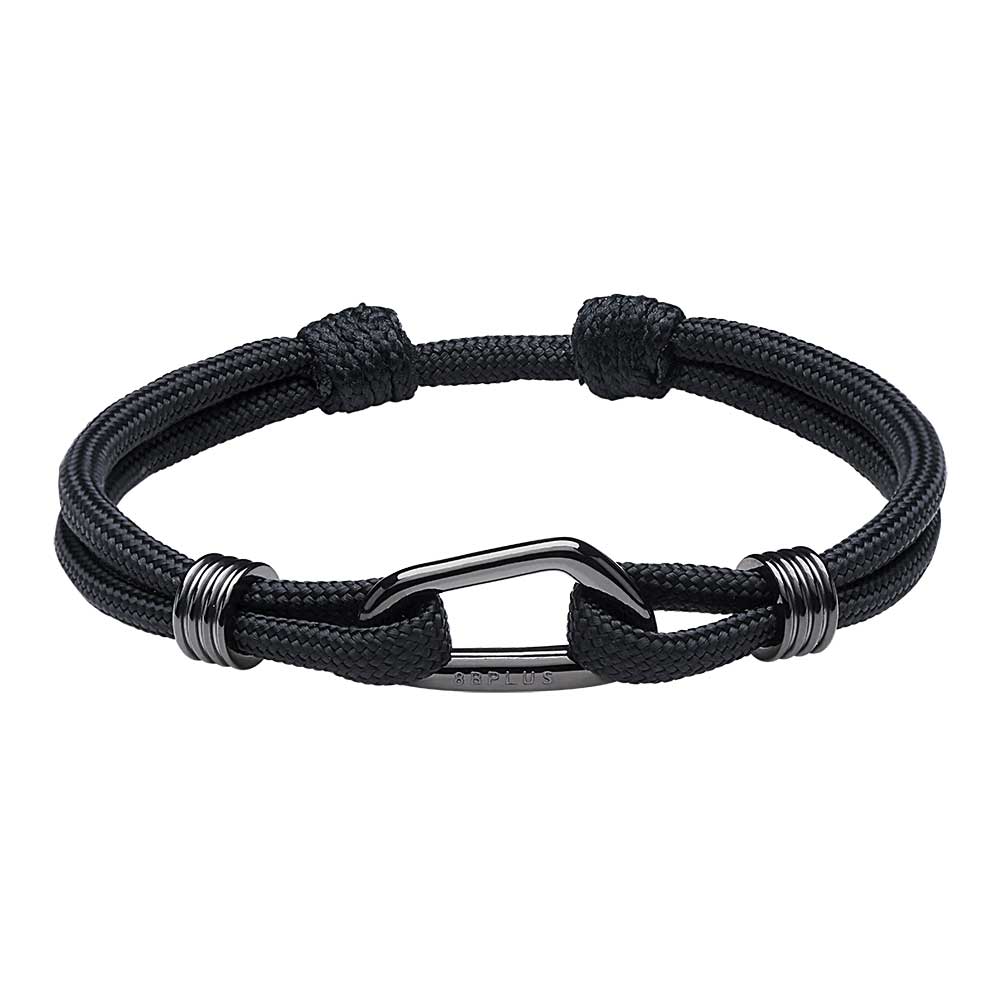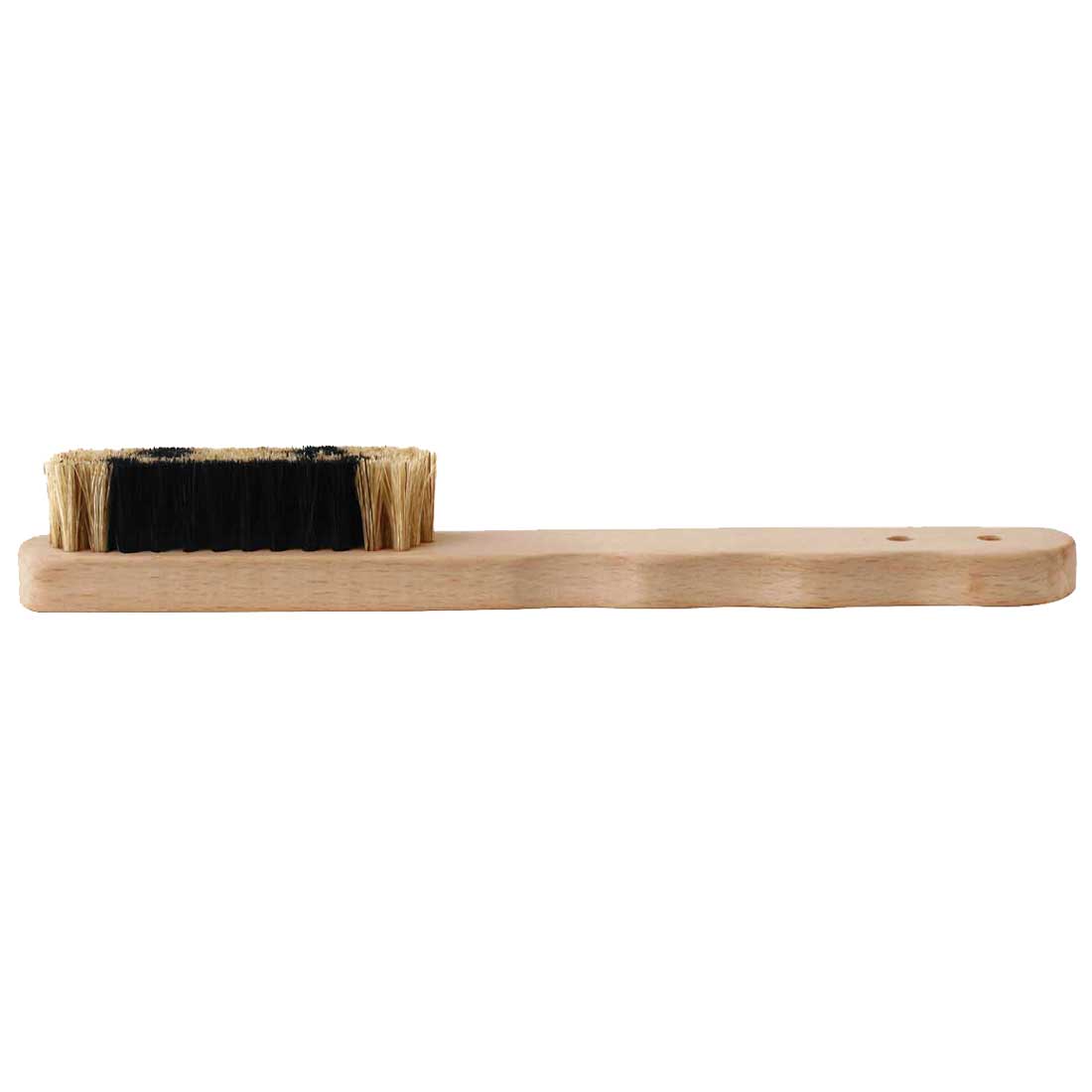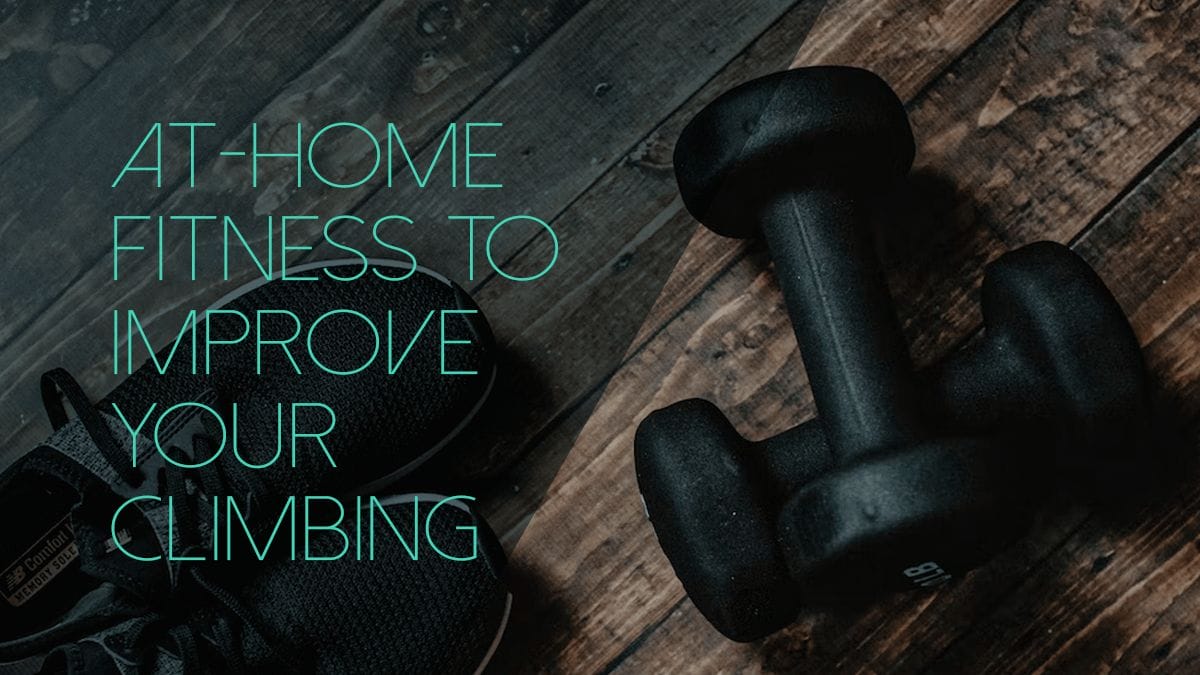
At-Home Fitness to Improve your Climbing
Whether it’s time, access, motivation, or a pandemic keeping you away from the gym, it can feel challenging to stay on top of your climbing game when you’re away from the wall. In this article, we’ll lay out fitness to help balance, flexibility, strength, and endurance skills in four body areas. By incorporating these skills in home workouts, you’ll be ready to send your project with more power and precision whenever you can hit the gym next.
Upper Body
(Not) Pull-Ups:
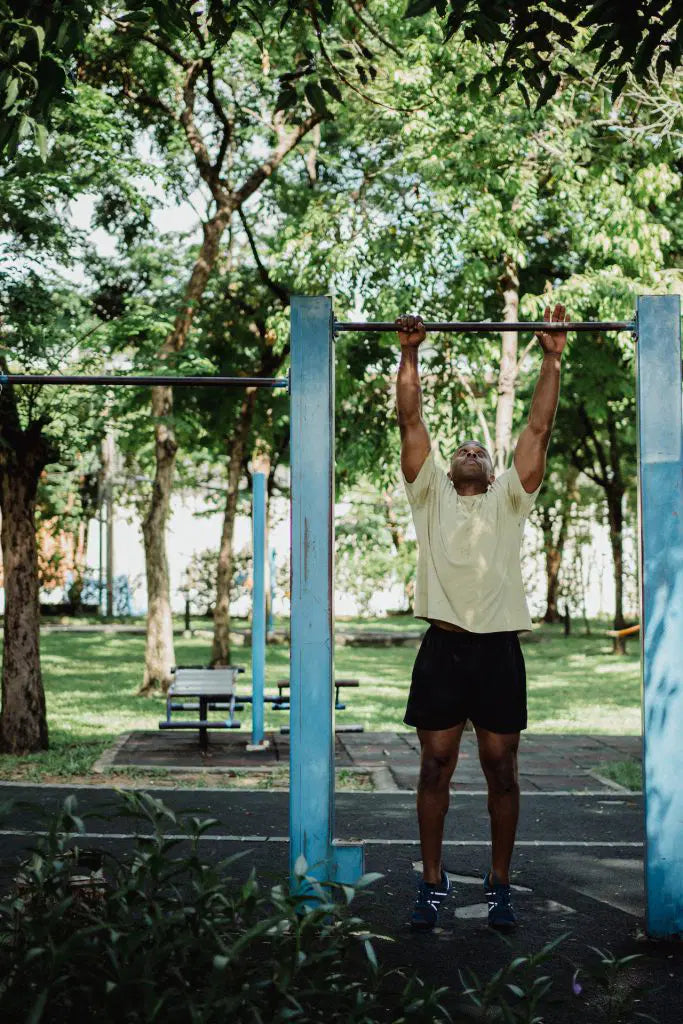
Listen, pull-ups are hard! If you’re one of those climbers busting out complete body weight reps on the gym’s hang board, keep doing your thing. But for everyone else, this is a reminder that progressing in your climbing doesn’t require pull-ups. If you want to work on building up to your pull-up skills or just trying to hit some of those same muscles, flexed arm hangs can help get you started. You can use a sturdy door frame, pull-up bar, tree branch, etc., to hold a flexed position for whatever duration. To build your grip and arm muscles, you can hold on tight and practice holding your weight or dangling for extended times, slowly building up your endurance and strength. You’ll be surprised how quickly you feel your muscles build!
3-5 sets – max hang. Rest for 3 minutes between sets.
Shoulder Presses with Weight:
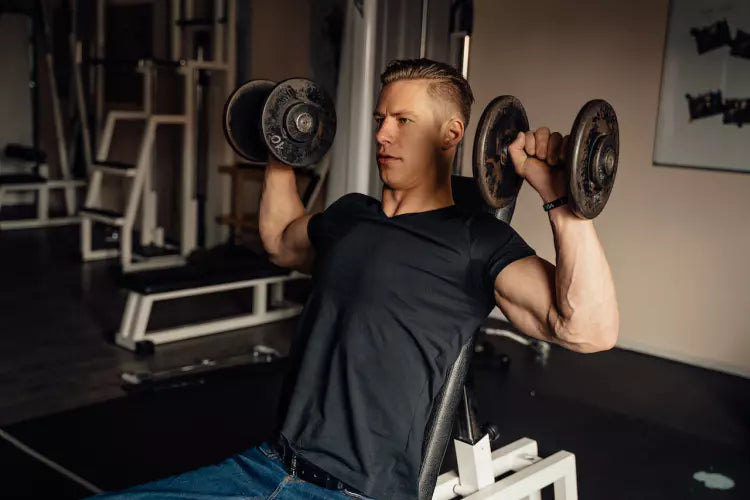
An oldie but a goodie, this exercise helps build arm muscles and endurance. Plus, it improves shoulder strength and mobility. If you have weights, bust them out, but if not, you can go old school and recruit some canned goods, books, or that wacky sculpture in your living room for bonus grip training. As you press up, focus on keeping your movement slow and controlled. Take moments to focus on wrist support, strength, and smooth shoulder movement.
3-5 sets – comfortable but challenging weight. Rest 1-2 minutes between sets.
Core
Basics: Locust pose, flutter kicks, planks, Russian twists, plank, sit-ups, etc.
Starfish Balance:
This exercise is a challenge but a fun way to hit your core strength while working on your balance. First, try to find an open space. You’ll stretch out like a starfish, balancing on one foot at a time, engaging muscles to move your limbs in different directions. Practice breathing in and out as you hold a position or slowly shift your center of gravity. As you hone this skill and need an added challenge, try with closed eyes and your head turned to your left or right. This movement may sound easy, but it’s a simple, easy-to-practice challenge that will improve your overall strength and balance abilities!
Single Leg Taps & Bridge Steps:
For these exercises, you’ll lay on your back. With single-leg taps, start with legs bent at a 90-degree angle, then, one at a time, straighten one leg out so that the back of your heel almost touches the ground. Switch legs and repeat. With bridge steps, start on your back with feet shoulder-width apart and pelvis raised to the bridge position. Hold this position as you lift one leg at a time to make a 90-degree angle with your knee. As your core, back, and legs strengthen, you’ll be more and more able to hold the position as you switch legs.
Pick three exercises. Perform each for one minute. That comprises 1 set. Perform 3-5 sets. Rest 1 minute between sets.
Hands & Feet
Rubber Band Hand:
To help strengthen and protect your finger tendons from injury, you can place a rubber band around the outer edges of your fingers. Practice widening the band as much as possible while keeping a straight wrist, then release. Increase tension as needed.
Stinky Socks:

This silly exercise will help keep the muscles on the tops and bottoms of your feet firm, and it’s one you can do whenever you have a chance to kick off your boots. You can use socks, marbles, or whatever happens to be lying on your floor. Practice picking up and dropping your object in sets of ten, one foot at a time.
Legs
Basics: Squats, lunges, wall-sits, step-ups, hip thrusts
Garland Pose & Hamstring Stretch:
Outside of building strength in your legs, flexibility and mobility practice is key to successful, healthier climbing. You will start by moving into the Garland pose. Squat with your feet as close together as is comfortable. Keep a straight spine and resist lifting your shoulders to your ears. Make sure to breathe! Next, stand up into a toe-touch position for a good hamstring stretch. Push your legs back to straighten them, but make sure not to lock your knees. If you can fully straighten your legs, hold your feet and bend at the elbows to get a deeper stretch. Move between these two poses while you monitor your breath and adjust your body as needed.

